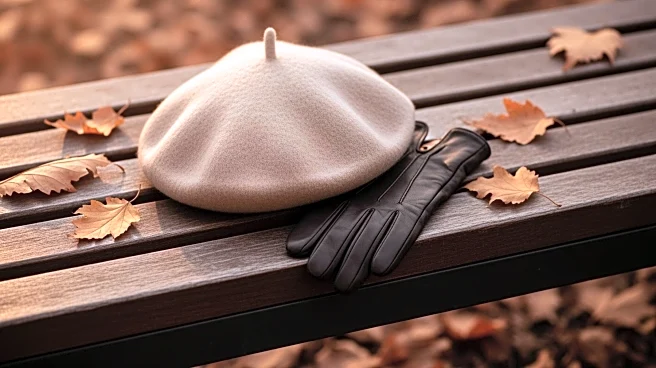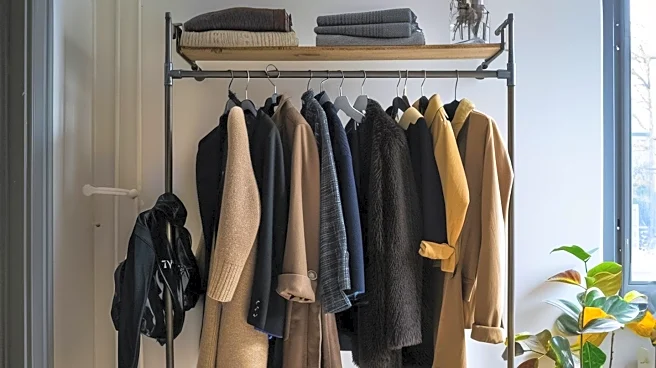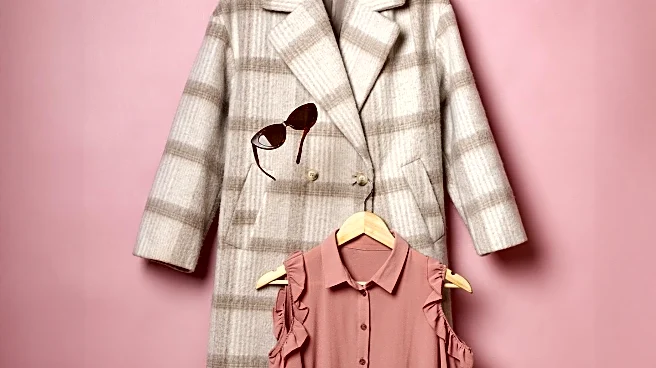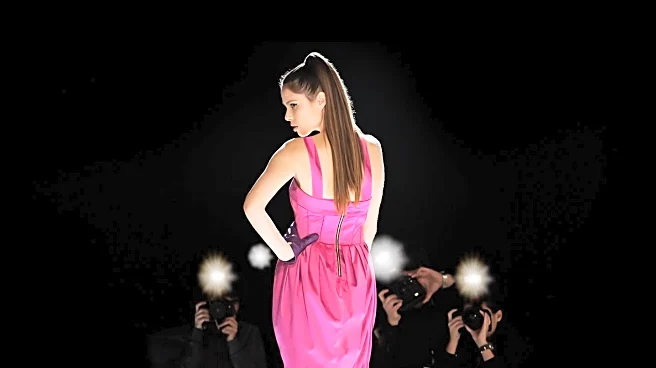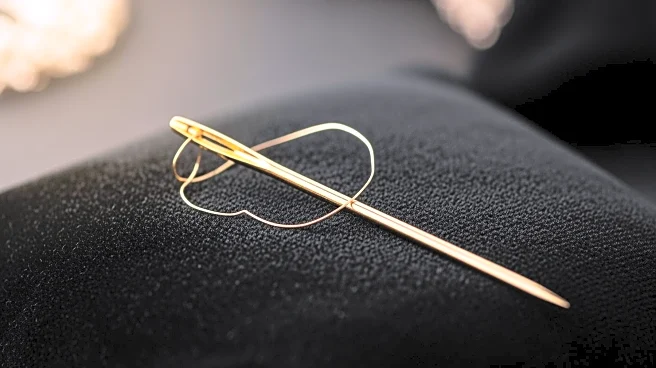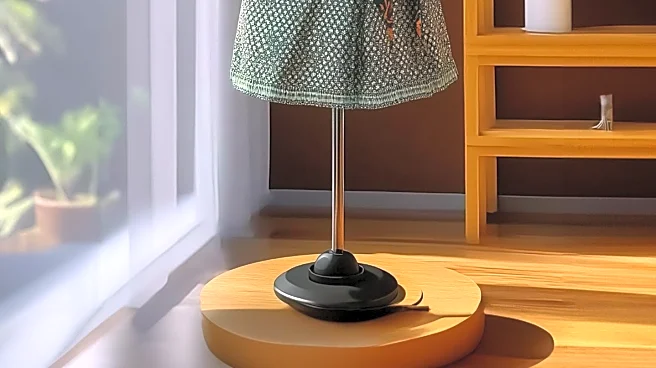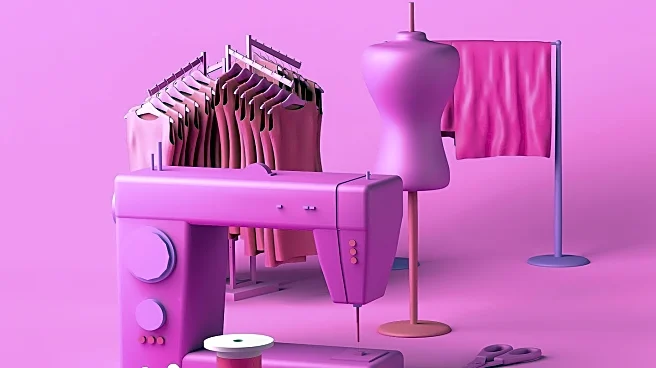What's Happening?
The fashion industry is currently spotlighting textured accessories as a major trend for the fall season. The recent fashion month showcased the Spring/Summer 2026 collections, emphasizing emotion and
community through movement, texture, and craftsmanship. Accessories have emerged as the focal point, adding depth and individuality to ensembles. Key textures include shearling, velvet, fringe, and pony hair, which are being incorporated into a variety of items such as ballet flats, clutches, handbags, and more. These textures are not only about aesthetics but also about creating a sensory experience, transforming everyday dressing into a celebration of personal style.
Why It's Important?
The emphasis on textured accessories reflects a broader trend in the fashion industry towards personalization and sensory engagement. This shift could influence consumer behavior, encouraging individuals to invest in unique, high-quality pieces that express personal style. For the fashion industry, this trend may drive demand for artisanal and handcrafted items, potentially benefiting designers and brands that focus on craftsmanship. Retailers might see an increase in sales of textured accessories, impacting inventory and marketing strategies. The trend also highlights a move towards sustainable fashion, as consumers seek durable, timeless pieces.
What's Next?
As the trend for textured accessories continues to grow, fashion brands and retailers are likely to expand their offerings in this category. Designers may explore new materials and techniques to create innovative textures, while retailers could adjust their marketing strategies to highlight the sensory and emotional appeal of these products. The trend may also influence upcoming fashion shows and collections, with designers incorporating more textured elements into their designs. Additionally, consumer feedback and sales data will likely guide future trends and product development in the fashion industry.
Beyond the Headlines
The focus on textured accessories may also have cultural implications, as it reflects a broader societal trend towards valuing individuality and personal expression. This could lead to a greater appreciation for diverse styles and cultural influences in fashion. Moreover, the trend may encourage sustainable practices, as consumers prioritize quality over quantity, seeking pieces that are not only stylish but also environmentally friendly. This shift could drive innovation in sustainable materials and production methods, further influencing the fashion industry's approach to design and manufacturing.


